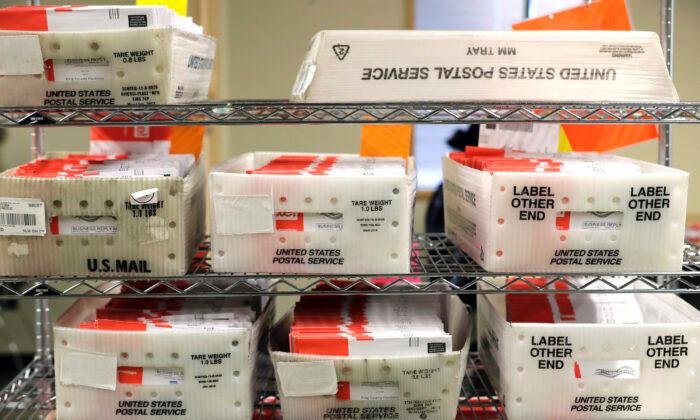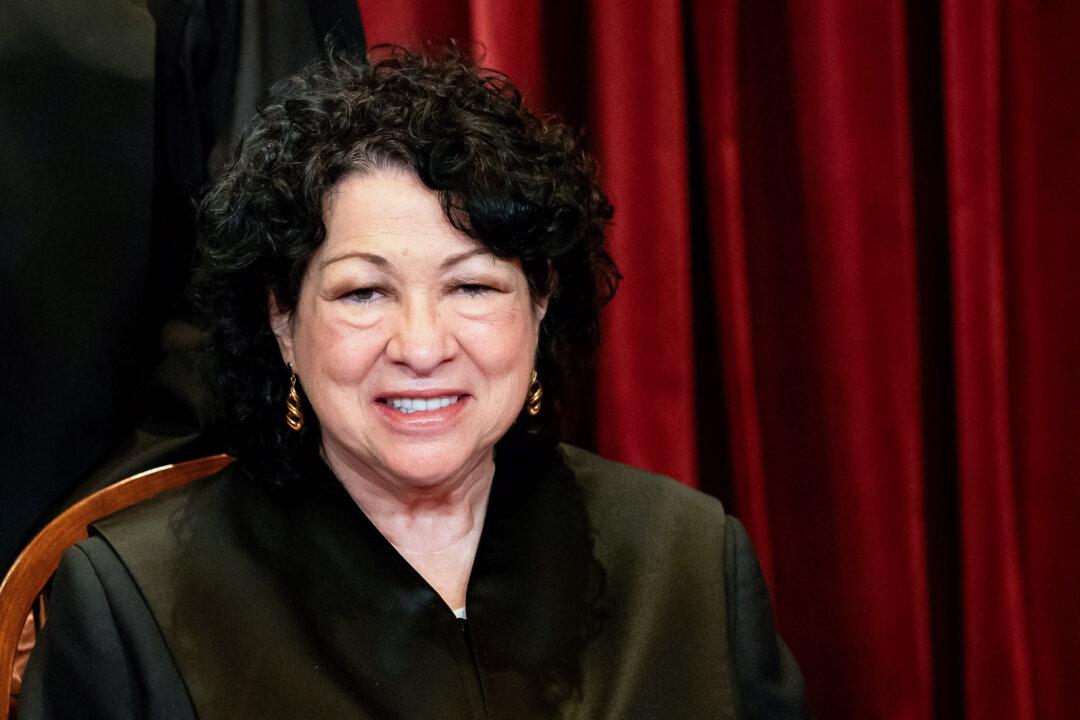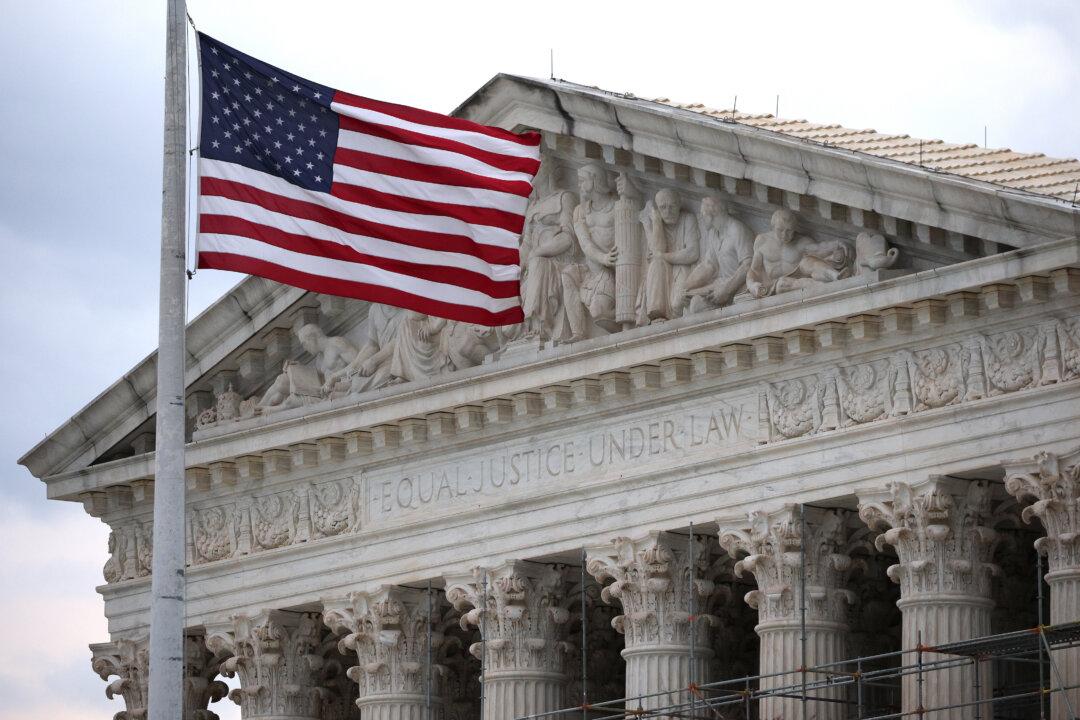After initially singing the praises of voting by mail in the Nov. 3 elections, some Democratic Party leaders are reluctantly backing away from the idea as enthusiasm for that method of voting fades.
Pennsylvania’s Democratic Lt. Gov. John Fetterman blames Republicans for the declining interest in voting by mail, accusing them of exaggerating problems associated with sending ballots through the mail.
President Donald Trump, a Republican, has been especially vocal in his criticism of voting by mail, asserting that it’s not secure and that ballots often get misdirected or fail to be delivered.
Some observers are concerned about whether a government agency, the U.S. Postal Service, long-criticized for its lack of efficiency, can handle an unprecedented onslaught of mail-in-ballots.
In addition, experts say voting-by-mail is fraught with problems. That method of voting gives wrongdoers greater opportunities for fraud compared to in-person balloting, they say.
The bipartisan Commission on Federal Election Reform, chaired by former President Jimmy Carter and former Secretary of State James A. Baker III, found in 2005 that “absentee ballots remain the largest source of potential voter fraud” and that “vote-buying schemes are far more difficult to detect when citizens vote by mail.”
Reports of widespread problems with voting by mail may be forcing Democrats to change their tune.
Now party officials, mostly Democrats, are reportedly worried that too many people will vote on Election Day and overwhelm the systems in place, leading to unsafe crowding in the pandemic era and long lines.
“I’m getting people saying, ‘Screw it. I don’t want to vote by mail anymore. I want to do it in person.’ That’s what [Republicans] want,” Fetterman told The Intercept.
“It’s truly diabolical. And I choose that word very deliberately. It’s diabolical. They know that you’ve got to bring everything: your ballot, the envelope, everything. If you don’t, you can’t vote. And most people don’t know that you can demand a provisional ballot. And if you do, that’s going to blow up the lines and create chaos.”
Quentin James, founder and president of the Collective PAC, told The New York Times that the GOP is trying to suppress voter turnout.
“I’m concerned with Donald Trump and the Republican Party’s attempt to limit votes,” said James.
“They’re afraid of the almost 5 million African-Americans who didn’t vote in 2016 coming out and voting.”
His group reportedly intends to spend $7 million in large cities in battleground states to get out the black vote, focusing on in-person voting.
Interest in voting by mail has been sliding in recent months.
A Pew Research poll in springtime found “broad bipartisan support for voting by mail with almost 3 out of 4 Americans favoring universal access to absentee ballots,” according to NPR.
In the poll, half of voters specifically said they would vote in person on election day. The partisan breakdown is that 56 percent of Republicans said they would vote in person on Election Day, compared to 38 percent of Democrats and 3 percent from the “other” category.
The poll indicates Democrats are twice as likely to vote by mail as Republicans in the approaching election. Of Democrats, 61 percent intend to vote by mail, compared to 30 percent of Republicans.





